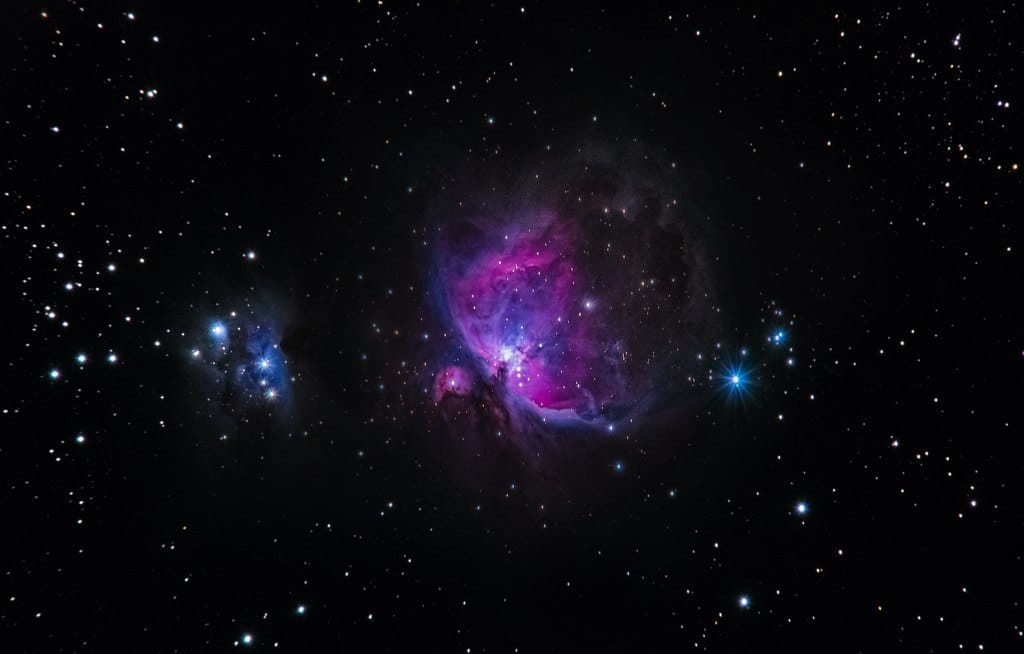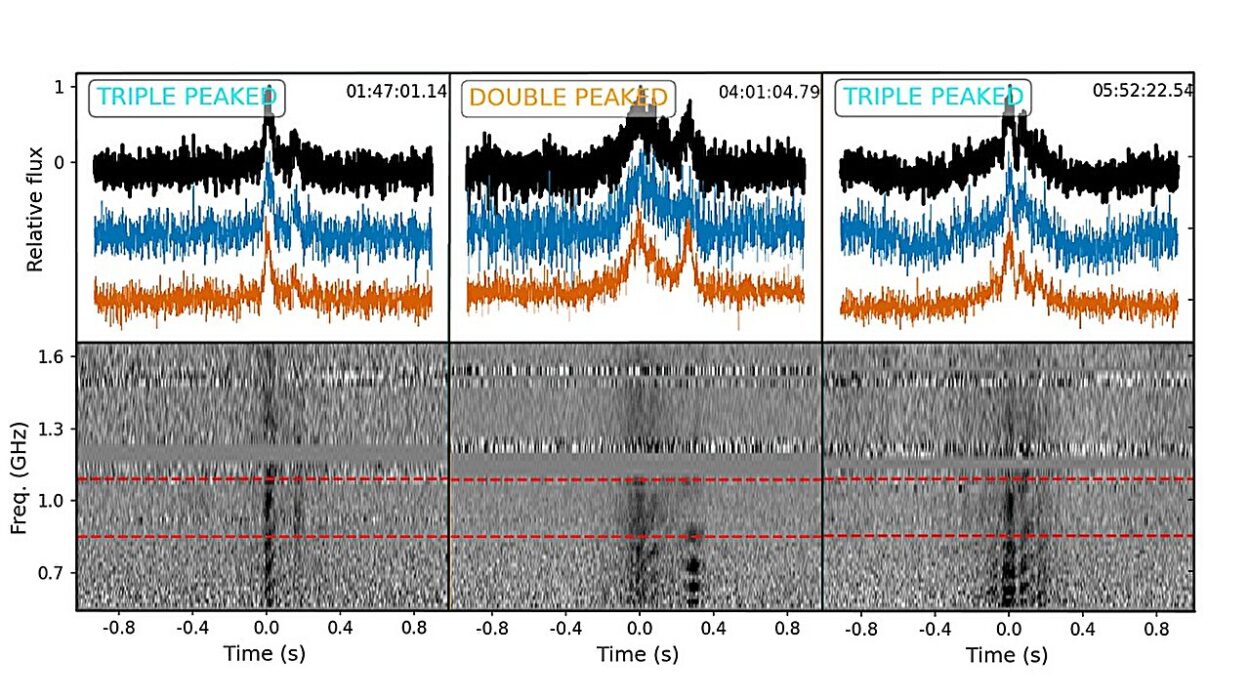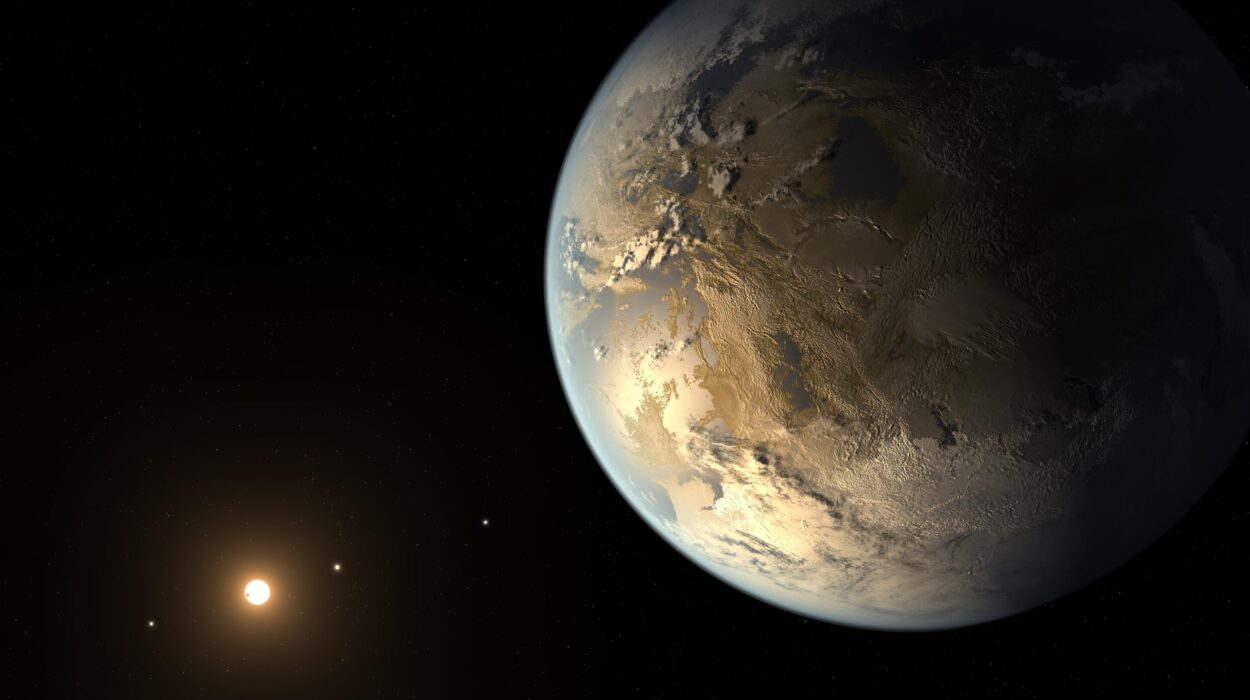We gaze up at the night sky and see light. Galaxies glisten like cosmic cities scattered across the vast tapestry of space. We admire the twinkling of stars, the glow of nebulae, the quiet rotation of planets. But in truth, all that light—the entirety of what we can observe with our eyes or even the most powerful telescopes—makes up less than 5% of what exists.
The rest? Invisible. Mysterious. Unknown.
This “dark” majority of the cosmos—composed of what scientists call dark matter and dark energy—is not merely a backdrop. It is the hidden framework and driving force of the universe. These twin enigmas don’t just exist alongside us. They dominate reality, shaping galaxies, dictating the universe’s fate, and reminding us how little we truly understand.
To understand them is to explore the very soul of the cosmos.
Anomalies in the Void
The story begins not with darkness, but with light—and with the galaxies that emit it. In the early 20th century, astronomers began measuring the rotation of spiral galaxies. According to Newtonian physics, stars at the edges of galaxies should orbit more slowly than those near the center, just as planets farther from the Sun move more slowly in our solar system.
But the data defied expectation.
In galaxy after galaxy, stars at the outer edges were moving far too fast—so fast, in fact, that they should have flown off into intergalactic space. Yet they held together, orbiting with eerie uniformity.
This was the first whisper of something invisible. Something with gravity, yet unseen. An unseen mass holding galaxies in its grip.
Astronomers called it dark matter—a placeholder term for the missing mass that keeps galaxies from unraveling.
Decades later, another strange discovery would point to an even deeper cosmic mystery. While studying distant supernovae in the 1990s, researchers expected to find evidence that the universe’s expansion was slowing down due to gravity. Instead, they found the opposite: the expansion was accelerating.
Something was pushing the universe apart.
That unknown “anti-gravity” force was dubbed dark energy—a name as vague and provocative as the mystery itself.
Today, dark matter and dark energy are believed to make up 95% of the universe. We are surrounded, suffused, and shaped by entities we cannot see. The light we observe—the stars and galaxies and quasars—is merely the foam atop a vast, invisible sea.
The Shadow Web of the Cosmos
Dark matter does not shine, reflect, or emit light. It does not interact with electromagnetic forces, which means it’s utterly invisible. Yet its fingerprints are everywhere.
When we look at large clusters of galaxies, we see gravitational lensing—light from distant galaxies bent and magnified by the gravity of massive objects in front of them. Often, the amount of bending suggests far more mass than what’s visible. This extra gravity, this invisible scaffolding, is dark matter.
Simulations of cosmic evolution show that galaxies formed where dark matter clumped, like seeds drawing matter inward. Without dark matter, the early universe would have expanded too quickly for galaxies to ever form. In a sense, dark matter is the glue that made the universe’s large-scale structure possible.
Astronomers now speak of the cosmic web—a vast network of dark matter filaments connecting clusters of galaxies, forming a skeleton upon which visible matter hangs like dew.
Yet for all its influence, we don’t know what dark matter is.
It’s not made of the same particles as normal matter. It’s not atoms, electrons, or protons. It passes through ordinary matter without resistance, without collision, without sound.
Physicists have proposed several candidates. One is the WIMP—Weakly Interacting Massive Particle—a hypothetical particle that only interacts through gravity and perhaps the weak nuclear force. Another possibility is the axion, an ultra-light particle that could exist in vast quantities across the universe.
Experiments like LUX, XENONnT, and the Large Hadron Collider have searched for these particles, sifting through data for hints of interaction. So far, the results are tantalizing, but inconclusive.
Dark matter remains a ghost. But it’s a ghost with weight.
The Force That Defies Gravity
Dark energy is stranger still.
If dark matter is the hidden framework of the cosmos, dark energy is its hidden engine. Where gravity pulls, dark energy pushes. It is the mysterious force driving the acceleration of the universe’s expansion.
Unlike dark matter, which clumps and pulls, dark energy is thought to be smooth and diffuse. It doesn’t gather in galaxies or clusters. It acts uniformly across space, pushing galaxies apart from one another at an ever-increasing speed.
This discovery shocked cosmologists. It meant the universe was not slowing down, as expected, but speeding up. And not gradually. The acceleration is measurable. Galaxies are rushing away from each other like cosmic fugitives, their velocities increasing with distance.
What is this energy?
One explanation comes from Einstein’s own equations. In 1917, he added a term called the cosmological constant (Λ) to allow for a static universe, as was believed at the time. When the expansion of the universe was later discovered, Einstein reportedly called the constant his “greatest blunder.”
But perhaps it wasn’t a blunder at all.
Today, the cosmological constant is back, reinterpreted as a measure of dark energy—an intrinsic energy of space itself. In this view, empty space isn’t truly empty. It seethes with vacuum energy, a restless background hum that exerts pressure, stretching space over time.
Others suggest dark energy may evolve with time, perhaps tied to a field known as quintessence—a dynamic energy field permeating the cosmos. Or it could be something even stranger: a sign that our understanding of gravity is incomplete.
In all these cases, the result is the same: space itself is not passive. It grows. It expands. And it does so faster and faster.
The Universe’s Fate in the Hands of the Dark
The implications of dark energy are cosmic and personal. They affect not just how the universe behaves, but how it will end.
If dark energy continues to dominate, the universe will expand forever, growing colder and emptier in a scenario called the Big Freeze. Stars will burn out, galaxies will drift apart, and the night sky will become darker and lonelier over billions of years.
In some models, the acceleration could increase without limit, tearing apart galaxies, stars, planets—even atoms—in a catastrophic Big Rip.
Alternatively, dark energy might weaken or reverse, allowing gravity to one day pull everything back in a Big Crunch—a collapse into fire and density, perhaps spawning another universe in the aftermath.
Our ultimate fate hinges on an invisible force whose nature we don’t yet comprehend. The universe’s destiny may already be written—by hands we cannot see.
The Search for the Unseen
Despite the frustration of chasing invisible ghosts, scientists persist. The search for dark matter and dark energy is one of the great quests of modern physics.
In underground labs buried beneath mountains and deep inside mines, detectors sit in silence, waiting for the faintest whisper of a dark matter particle. These chambers, shielded from cosmic rays and background radiation, are technological marvels—listening for events that may occur only once in years, or never.
Above ground, vast telescopes scan the sky. Projects like the Dark Energy Survey, the Vera Rubin Observatory, and Euclid map billions of galaxies, measuring how they cluster and drift. By comparing these cosmic patterns to simulations, scientists hope to tease out the fingerprints of dark energy and dark matter.
Particle accelerators, too, smash protons together at near-light speed, hoping to create exotic particles that could explain the unseen mass.
And orbiting satellites like Planck and WMAP have revealed subtle patterns in the cosmic microwave background—the afterglow of the Big Bang—that hint at the influence of dark matter and dark energy in the earliest moments of time.
Each experiment is a conversation with the cosmos. Each measurement, a question whispered into the dark.
The Limits of Light and the Promise of Mystery
There is something deeply humbling in the knowledge that most of the universe is dark. For centuries, humanity believed we understood the cosmos, that the stars obeyed the same laws as apples falling from trees. Newton’s physics gave us confidence. Einstein’s relativity revealed deeper beauty.
But now, we know that the part of the universe we can observe—the stars, planets, galaxies, and gas—accounts for less than 5% of all that exists.
Roughly 27% is dark matter, invisible but gravitationally powerful.
And 68% is dark energy, mysterious and repulsive, pushing the universe apart.
We are like cave dwellers glimpsing shadows on the wall, trying to understand the vastness beyond. Our tools grow sharper, our questions more refined. But the answers remain elusive.
And perhaps that’s the point.
Dark matter and dark energy remind us that mystery is not the enemy of science—it is its fuel. They are the frontier we must cross, the riddle we must solve, the night sky’s greatest secret.
The universe is not just stranger than we imagine. It’s stranger than we can imagine.
Conclusion: Embracing the Unknown
When you next look at the stars, remember: you are not just looking at points of light. You are looking into a cosmic riddle—one where the light is only the beginning.
Between every star is a shadow.
Behind every galaxy, a hidden scaffold.
Within the emptiness of space, a force that defies reason.
Dark matter and dark energy are not voids. They are not the absence of something. They are something entirely new—forces that sculpt the very shape of existence.
To pursue them is to reach for the invisible.
To understand them is to understand everything.






